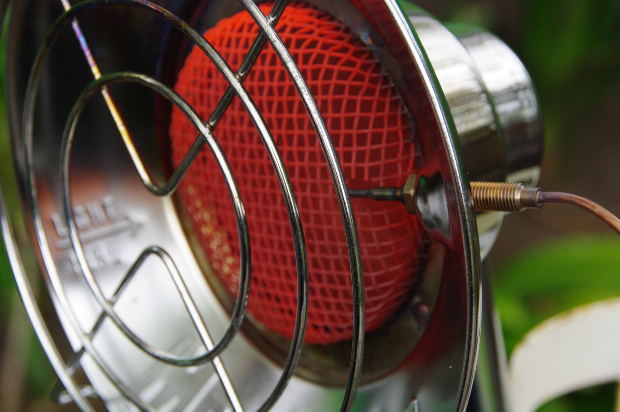 Loading... Please wait...
Loading... Please wait...Save Money. Grow Your Own!
Fast Plain Box Shipping.
We ship to the US & Canada.
Grow Your Own!
Controlling your Grow Box temperatures
Posted on 15th Feb 2015
There are lots of things that you have to control in hydroponics -- the nature of this kind of project means there'll be a lot of day-to-day monitoring and maintenance of plants involved. One of the most important things is to take care of how plants experience hot and cold temperatures.
Temperature is so vital to hydroponics, partly because plants are so sensitive to different temperatures. It's not just a case of ‘freezing’ or ‘roasting’ plants -- even smaller changes in temperature can trigger biological reactions that you may or may not want. So how do hydro project managers keep grow temperatures exact, and how do plants get optimum conditions for development?

Here are some basic tips for controlling temperature in your hydroponic grow box.
Use Water-Cooled or Air-Cooled Lighting
In traditional kinds of grow lighting, lights can throw off a lot of heat. As a result, growers may buy air cooled or water cooled lighting that internally handles the temperature of the lights. This helps to ensure that the natural temperature influence of lighting isn't too extreme for the grow box environment.
Running Lights at Night
Another way to handle heat from lighting is to run the lights at night, or in some cooler temperature conditions. This may revolve around flipping light and dark cycles for plants -- for example, plants’ light cycles may be from 10:00 PM to 8:00 AM. This may seem counterintuitive, but it makes sense in certain situations, including when light produces too much heat during the daytime, or when the grower’s schedule is more amenable to nocturnal maintenance.
Insulating a Grow Box
Most modern grow boxes are already insulated to be prepared for certain temperature conditions. However, another thing you can do to micromanage the plants’ temperature is to insulate the grow box and user appropriate fans and venting to create a system that keeps the plants at a specific temperature, no matter what that is.
An example of one installation will come in handy is when a grower wants to nurture plants in a warmer type of ‘hothouse’ environment. The outer temperature of the room may be room temperature -- 72° or close. The grower wanting to plant temperatures around 80°. Insulation can help maintain this difference in temperature levels.
Managing Reservoir Temperatures
Another way to tackle overall hydroponic temperature for plants is look at the reservoir. Chilling the water can have the desired effect on overall temperature within the grow box. Growers can use reservoir chiller tools, or simply freeze water bottles and put them in the reservoir where the cold would radiate out into the reservoir water.
For a lot more on modern hydroponics, take a look at what manufacturers and retailers can offer you to help you not only set up and install hydroponics, but to monitor it and maintain it day to day.
